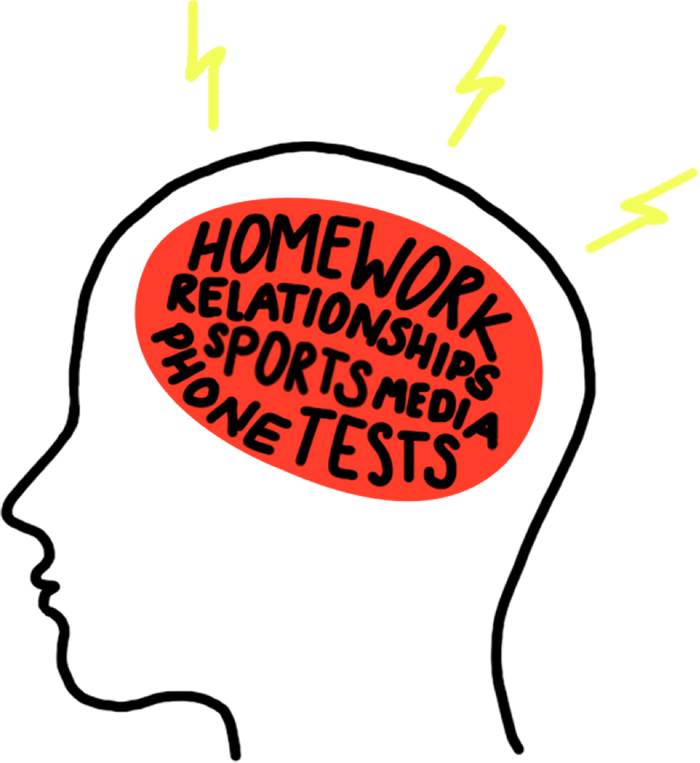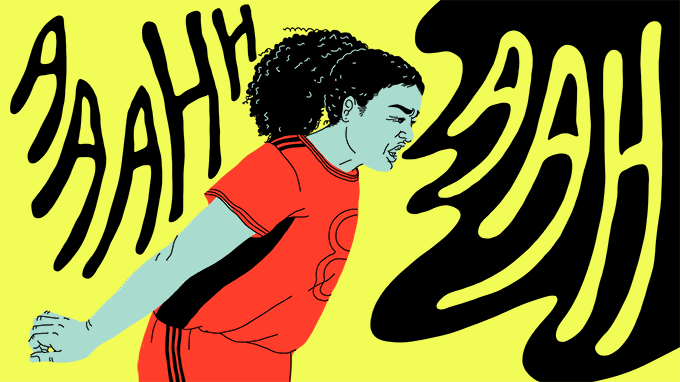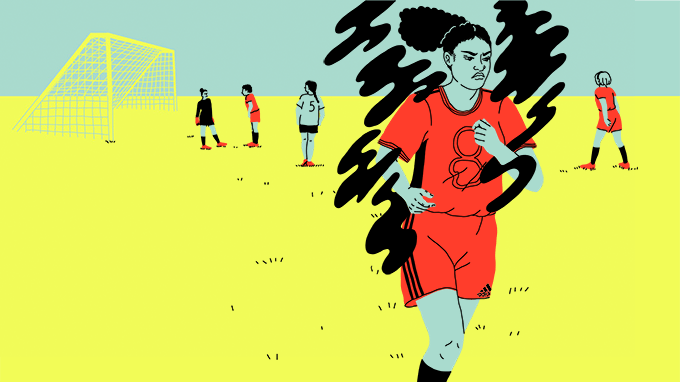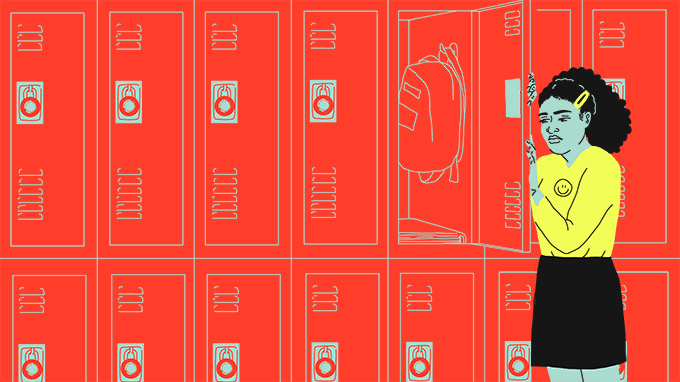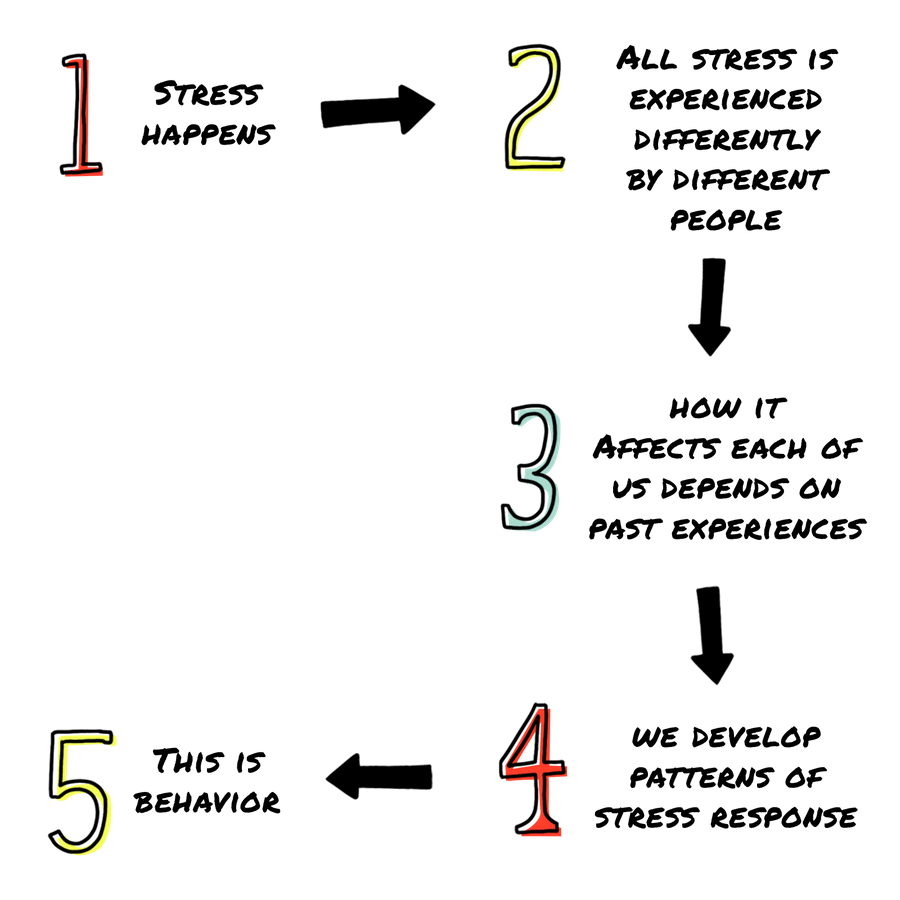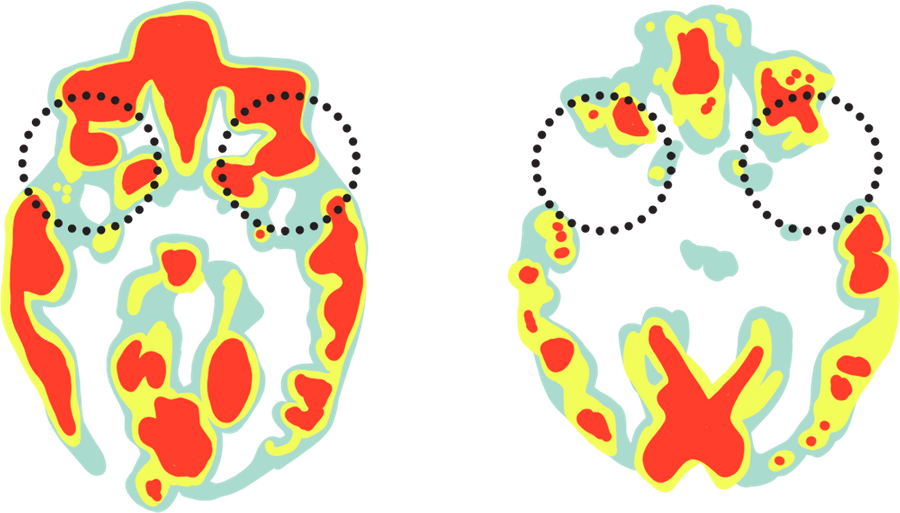Now that you understand how stress is processed in the brain, let’s apply it to coaching.
There are all kinds of stressors in life that your players might face, on or off the field.
When this happens, they feel stressed, and something happens to their bodies.
Blood flows to their extremities
Their heart rates go up
Digestion stops, and their stomachs get upset
Adrenaline floods their bodies
They sweat
They feel irritated
They can’t sleep or get restless
Their minds race
Fight, flight, or freeze?
Fight:
A player lashes out in defense
Flight:
A player tries to escape, withdraw, or shut down
Freeze:
A player tries to go unnoticed
When you get stressed, you’re not at your best.
But girls and adults experience stress differently. Some girls who experience a lot of stress in their lives actually experience changes in their brains.
Sports can change everything for girls when it comes to stress. We’ve known this for a long time.
A 1997 study for the President's Council on Physical Fitness and Sports found that participating in sports enhanced both the physical and mental health of adolescent girls, improving self-esteem, self-confidence, competence, mental health, and body image. [30]
When Sumru Erkut, associate director of the Center for Research on Women at Wellesley College, and three colleagues embarked on their 1996 investigation of girls and self-esteem, they expected to find that girls gained their sense of worth from taking care of others. But in their nationwide survey of 362 girls between the ages of 6 and 18, nearly half said the activity that made them feel good about themselves was athletics. [31]
Stress happens. It happens to girls more often than we imagine.
The situation is experienced subjectively. Each girl’s amygdala determines how dangerous something is.
Stress disrupts her equilibrium, in a good way or a bad way. Her experiences and skills determine how she reacts.
For example, someone who experiences a serious car accident may feel stressed driving in bad weather, while someone who has never been in a car accident may feel fine.
A stress response that was useful in a moment of stress can become a default stress response, even when that response isn’t particularly helpful in all situations. A girl’s brain rewires to put the amygdala in charge, overriding the prefrontal cortex.
Small triggers may elicit the same stress response as big triggers. A girl may experience a level 10 stressor (such as getting bullied) and reach a level 10 response (such as fighting back). But when this continuously happens, the response gets wired in, and even when she experiences a level 2 stressor (such as getting nudged on the track), she’ll still default to that level 10 response. The amygdala can no longer differentiate between small and big stressors.
This is the behavior girls show when they’re under stress and what you will see as a coach.
What happens when brains put the amygdala in charge?
On the left is a brain that hasn't experienced toxic or chronic stress. Notice how there is a lot of activity in the front where the prefrontal cortex is located.
On the right is a brain that is chronically stressed. Notice how the activity is concentrated in the back where the amygdala is located.
This is what the physiological rewiring looks like. When a player is in this kind of state, she is not able to think in the same way as a normal person reacting to stress.
POWERED BY
Privacy Policy | Terms & Conditions | © 2019 adidas America Inc.
© UP2US 2019



